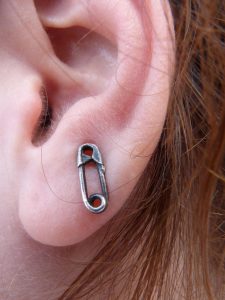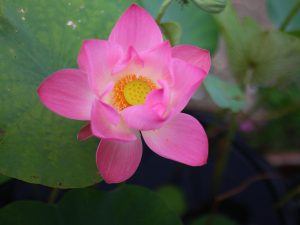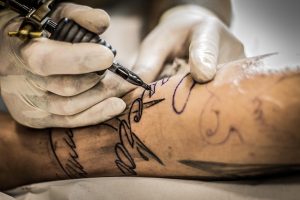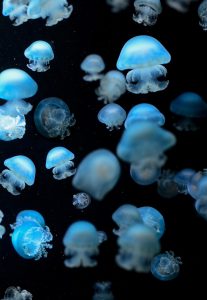Understanding the Art of Japanese Tattoo Designs
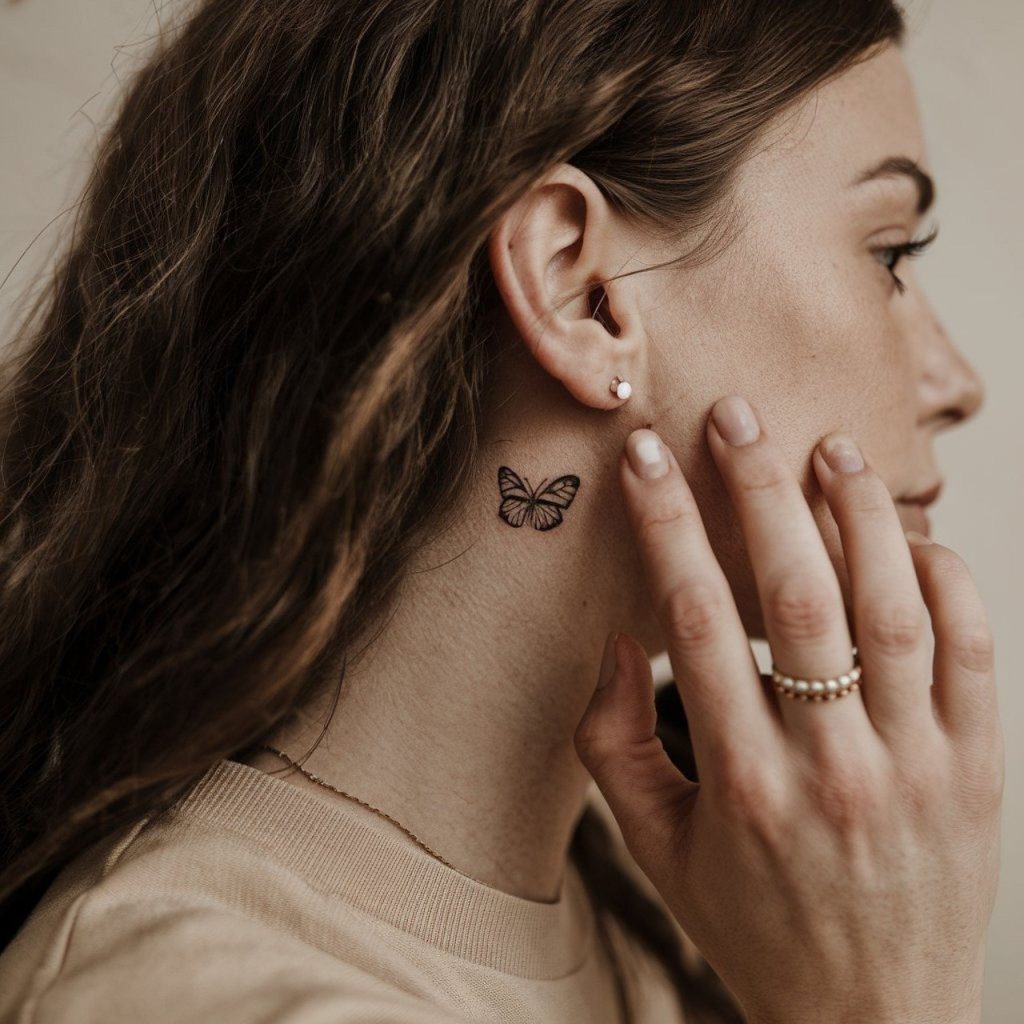
Japanese tattoo designs, known as “Irezumi,” are deeply rooted in history and culture. They are not just mere body art; each piece tells a story, often reflecting personal beliefs, morals, and life experiences. The designs feature elements such as koi fish, cherry blossoms, dragons, and tigers, which are imbued with symbolic meanings.
What Do Different Elements in Japanese Tattoos Represent?
Each element in a Japanese tattoo holds significant meaning. For instance:
- Koi Fish: Represents perseverance and strength.
- Cherry Blossoms: Symbolizes beauty and the transient nature of life.
- Dragons: Often represents wisdom and power.
According to research from the Japan Tattoo Museum, traditional Irezumi styles date back to the Edo period, showcasing a variety of cultural symbols and meanings. Read more here.
Styles of Japanese Tattoo Designs: Traditional vs. Modern
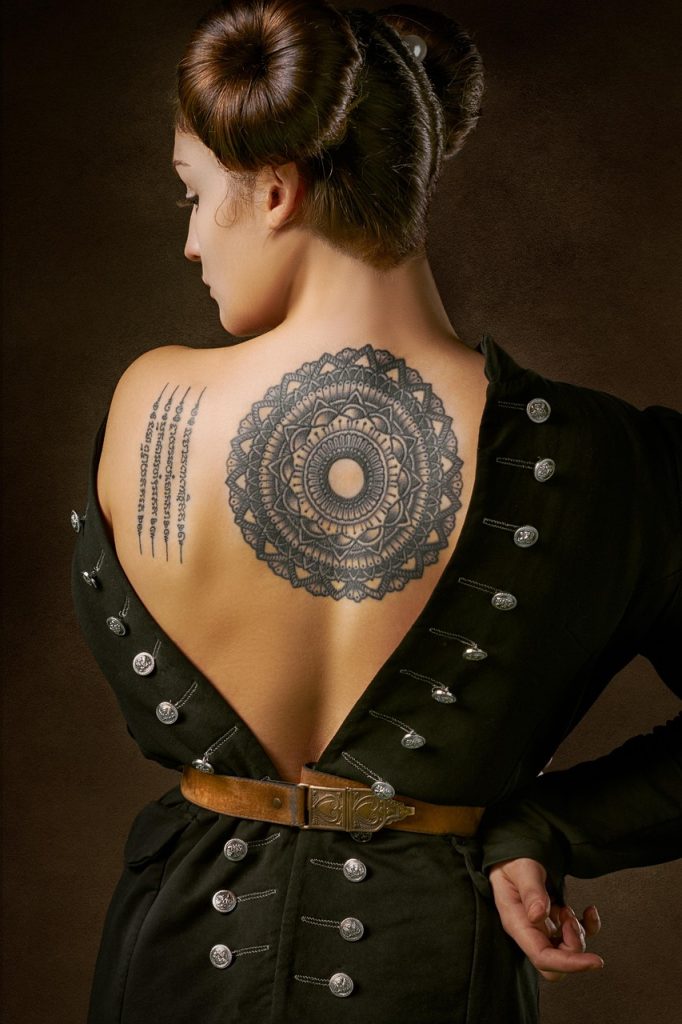
The world of Japanese tattoos has evolved significantly over the years. Traditional styles focus on large, intricate designs that often cover the entire back or limbs, while modern adaptations may incorporate elements from contemporary art, mixing styles to appeal to a broader audience. Regardless of style, the essence of storytelling remains intact.
Are Japanese Tattoos Painful to Get?
Like any tattoo, the level of pain experienced during a Japanese tattoo session varies from person to person. Common areas of intense pain are the ribs, elbows, and knees where the skin is thinner. However, the beauty and significance behind the artwork often outweigh the discomfort.
A study published by the Journal of Pain Research noted that many individuals find the pain of tattoos to be manageable, especially when they are excited about their chosen designs. Learn more here.
Care and Maintenance of Japanese Tattoo Designs

Proper care of your Japanese tattoo is crucial for maintaining its vibrancy and detail. Post-tattoo care involves keeping the area clean, moisturized, and protected from sun exposure. Using a fragrance-free lotion and avoiding soaking in water for extended periods are recommended.
How Long Does It Take for a Japanese Tattoo to Heal?
The healing process for Japanese tattoos can take anywhere from two weeks to several months, depending on the size and complexity of the design. Following the artist’s aftercare instructions is vital to ensure optimal healing.
Experts recommend consulting your tattoo artist for personalized aftercare tips. Discover expert care advice here.
Choosing the Right Tattoo Artist for Japanese Designs
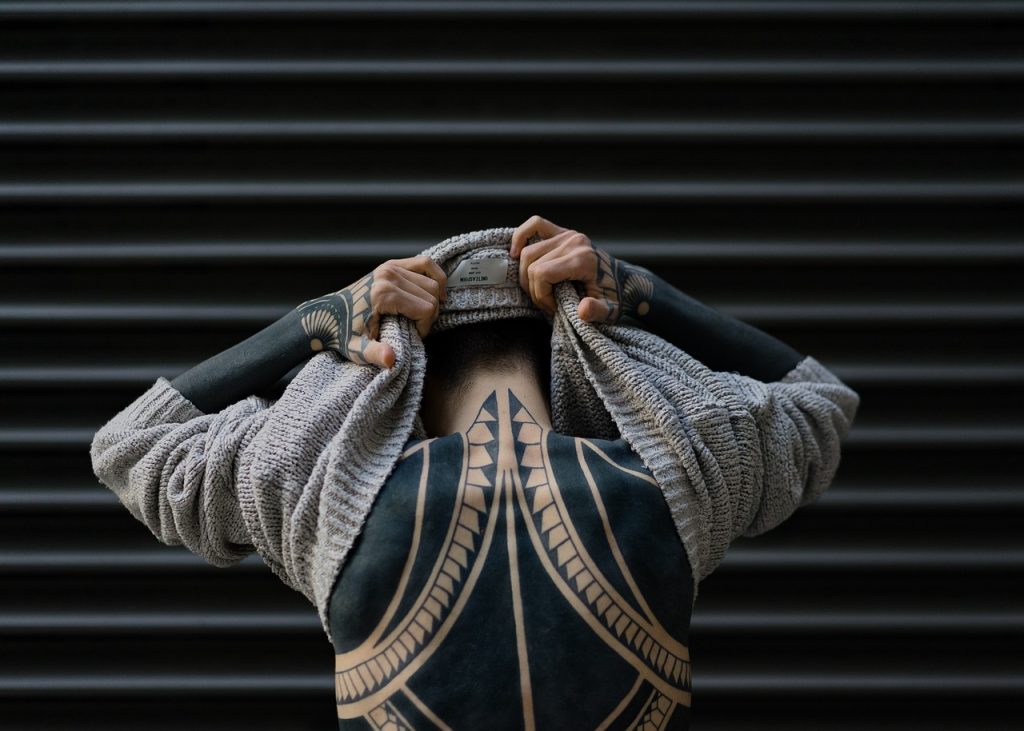
Finding an experienced tattoo artist who specializes in Japanese designs is essential for achieving the desired results. Always check portfolios to ensure the artist has a solid understanding of the traditional elements and techniques that define Irezumi.
What Should You Ask Your Tattoo Artist Before Getting Inked?
Before committing to your Japanese tattoo, consider asking your artist the following questions:
- What is your experience with Japanese tattoo designs?
- How do you incorporate traditional elements into your work?
- What aftercare advice do you recommend for my specific design?
According to renowned tattoo artist Horitomo, understanding the cultural background is as important as mastering the technique. Check out his insights here.
Conclusion

Japanese tattoo designs are a beautiful blend of art, culture, and personal expression. From understanding the symbolism to ensuring proper care, there’s much to consider. If you’re contemplating a Japanese tattoo, do your research, choose the right artist, and embrace the story each piece tells.
Interested in learning more about tattoo art? Subscribe to our newsletter for the latest insights and trends!

